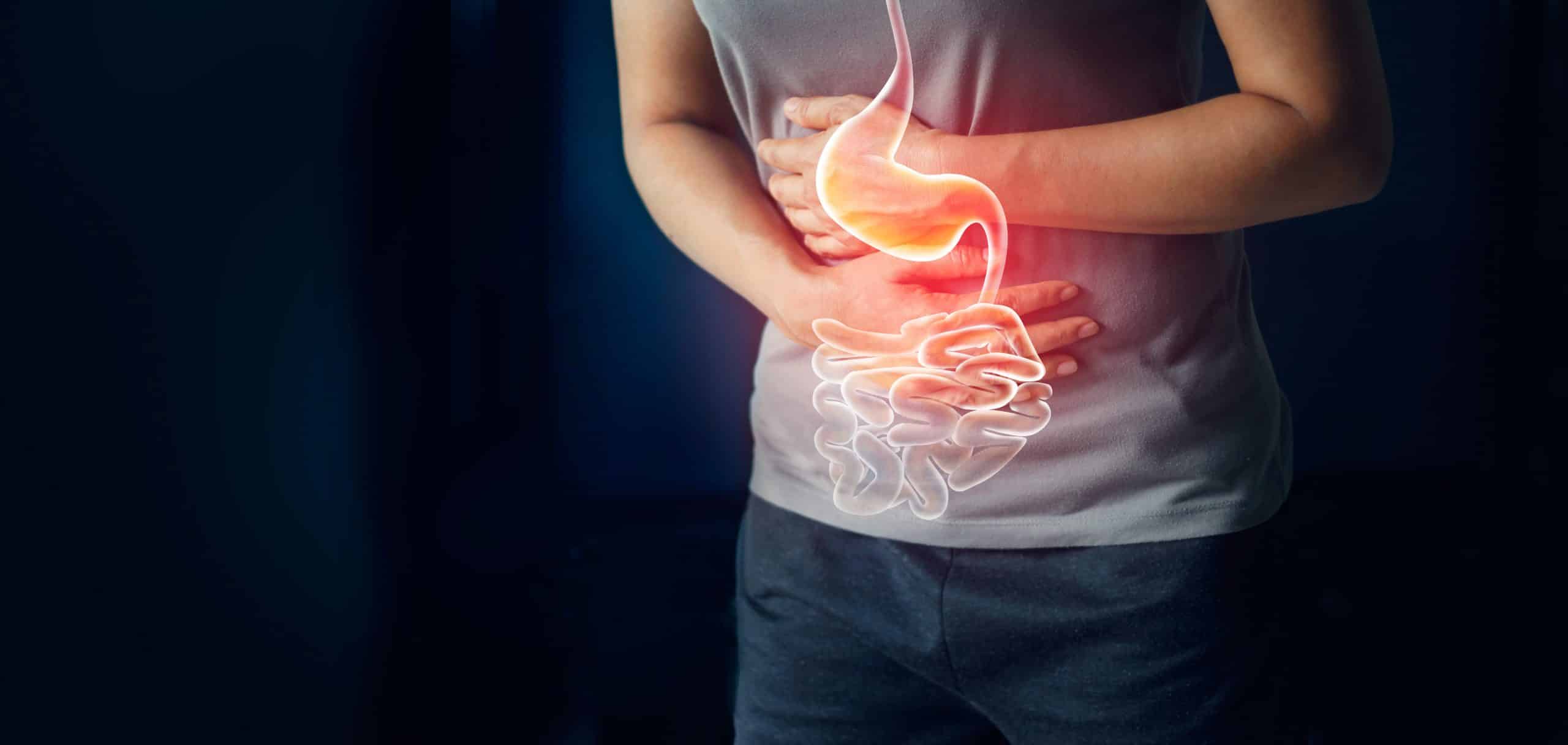A peptic ulcer is a sore in the lining of the duodenum or stomach that penetrates through several tissue layers in severe cases. When food reaches the stomach, gastric juices — containing hydrochloric acid and an enzyme called pepsin — start flowing to aid the digestion of food. Peptic ulcers are commonly found in either the stomach (gastric) or in the duodenum (duodenal). Ulcers can also occur throughout the digestive tract.
To protect the stomach wall, glands in the stomach lining secrete mucus. This combines with bicarbonate from the pancreas to help neutralize the powerful digestive acids. Peptic ulcers occur when there is either too much acid in the stomach or too little of the substances that protect the digestive tract lining.
Emotional stress may cause the stomach to churn out excess gastric acid and pepsin. Cigarette smoking and aspirin overuse are key risk factors. Aspirin interferes with the protective mucous lining of the stomach and duodenum. If you regularly take aspirin or other over-the-counter medications you should inform your doctor.
Sometimes ulcers do not cause any pain or major discomfort. A duodenal ulcer reveals itself by symptoms that are remarkably similar in all sufferers: a sharp, annoying pain and a burning sensation at a point between the naval and the lower tip of the breastbone. Symptoms are worse from 30 minutes to two hours after a meal, or in the middle of the night after food has left the stomach and acid bathes the sore. Antacids or snacks often relieve the pain.
Symptoms of a gastric ulcer are similar to those of a duodenal ulcer but less predictable. Some patients may not experience pain relief immediately after eating. In fact eating may make the pain worse because the food stretches the inflamed ulcerated stomach. Antacids may not relieve gastric ulcer discomfort.
If there’s still a question about the diagnosis of symptoms, a doctor may use a fiber-optic endoscope to check for an ulcer. The endoscope is a highly flexible viewing tube with a bright light at its tip. It is passed through the mouth and down the esophagus, allowing an excellent close up view of the upper digestive tract lining. An x-ray study called a G.I. series is rarely used now, due to false negative interpretation and excessive radiation.
Doctor-prescribed medication will relieve the pain and heal the ulcer. Up to 95% of all ulcers will heal within four to six weeks of treatment. It’s very important not to stop taking medicine just because symptoms go away. Symptoms may vanish a day or so after medication is started, but as many as eight weeks of treatment can be necessary to heal completely. For more Dr Is In articles:






